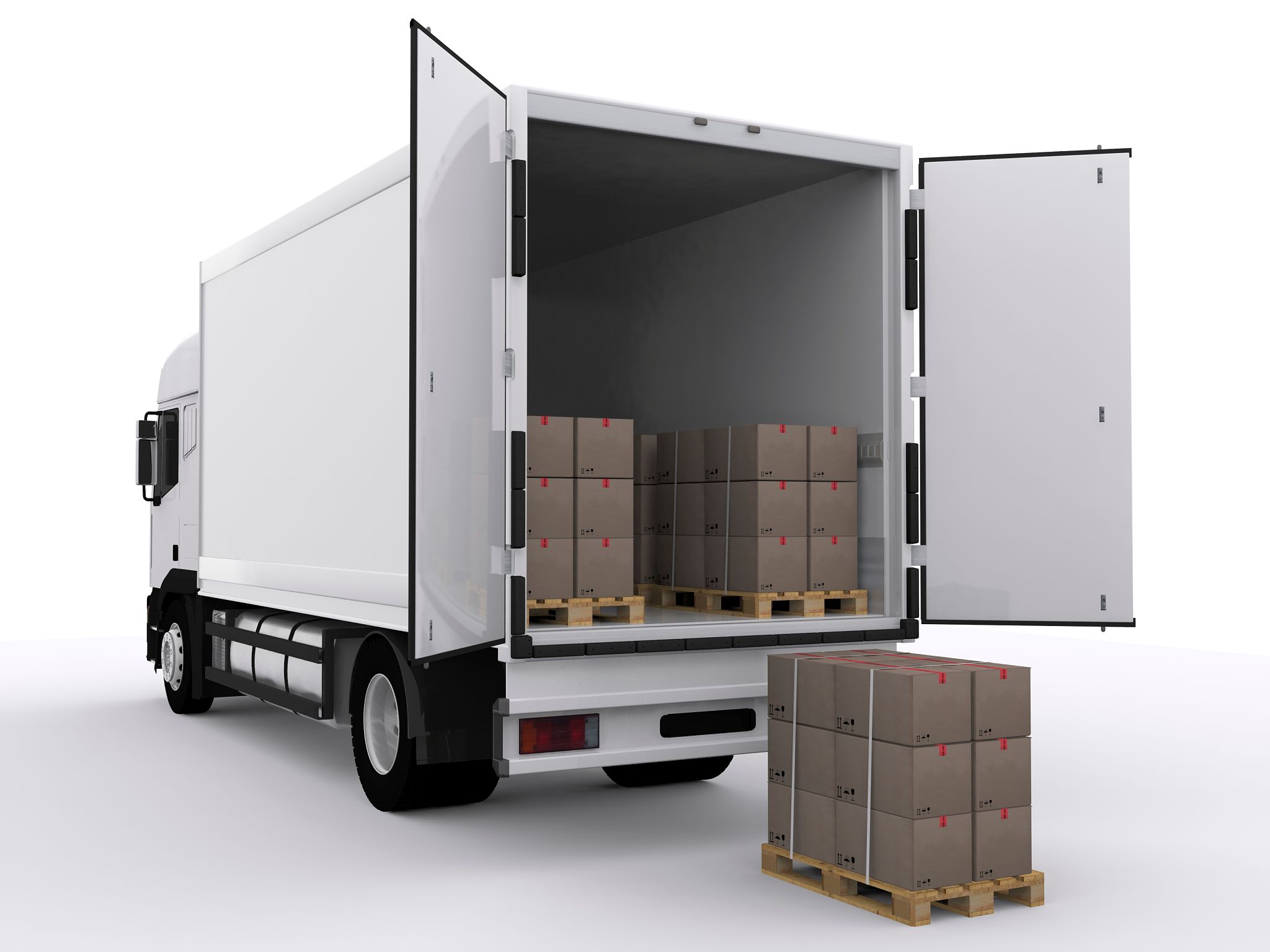Common Myths About Box Truck Dispatching and How to Avoid Them
Understanding Common Myths About Box Truck Dispatching
Box truck dispatching is an essential component of the logistics and transportation industry, yet it is often misunderstood. Several myths can cloud the understanding of how box truck dispatching truly works and how it can be optimized for efficiency. This blog post will debunk some common myths and provide insights on how to avoid falling into these misconceptions.

Myth 1: Box Truck Dispatching Is Simple
One common myth is that box truck dispatching is a straightforward task that requires minimal effort. In reality, effective dispatching involves complex coordination and planning. Dispatchers must consider various factors such as route optimization, load management, and real-time tracking to ensure timely deliveries.
To avoid this misconception, it's crucial to recognize the skills and technology required for efficient dispatching. Investing in robust dispatch software can help streamline operations and improve overall efficiency.
Myth 2: Technology Can Replace Human Dispatchers
While technology plays a significant role in modern dispatching, it cannot completely replace human dispatchers. The human touch is vital for handling unexpected situations, making judgment calls, and providing personalized customer service. Technology should be seen as a tool to aid dispatchers, not replace them.

To avoid relying solely on technology, focus on training your dispatch team to leverage technological tools effectively while maintaining a human-centric approach to problem-solving and customer interactions.
Myth 3: All Box Trucks Are the Same
Another myth is that all box trucks are identical and can be used interchangeably for any job. In truth, box trucks vary in size, capacity, and features. Choosing the right truck for each job is critical to ensuring cost-effectiveness and meeting delivery requirements.
Avoid this myth by maintaining a diverse fleet that caters to different load sizes and distances. Educate your dispatch team about the specifications of each vehicle to ensure they make informed decisions when assigning trucks to specific tasks.

Myth 4: Dispatching Only Involves Assigning Routes
Many believe that dispatching is merely about assigning routes to drivers. However, it encompasses much more, including customer communication, load planning, compliance with regulations, and handling emergency situations. Dispatchers play a pivotal role in ensuring that operations run smoothly and efficiently.
To overcome this myth, provide ongoing training for dispatchers to enhance their skills in various aspects of their roles. Encourage them to stay updated on industry trends and regulatory changes.
Conclusion: Embracing the Realities of Box Truck Dispatching
Understanding the complexities of box truck dispatching is essential for optimizing logistics operations. By debunking these myths and focusing on continuous improvement, businesses can enhance their dispatch processes and achieve better results.
Ultimately, successful box truck dispatching requires a combination of skilled personnel, advanced technology, and a commitment to adapting to the ever-changing demands of the transportation industry.
